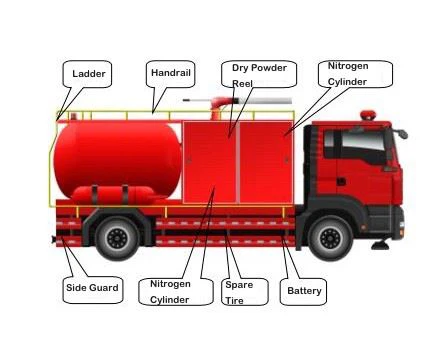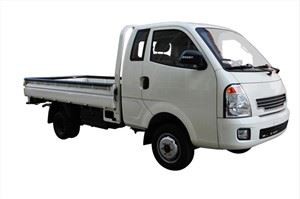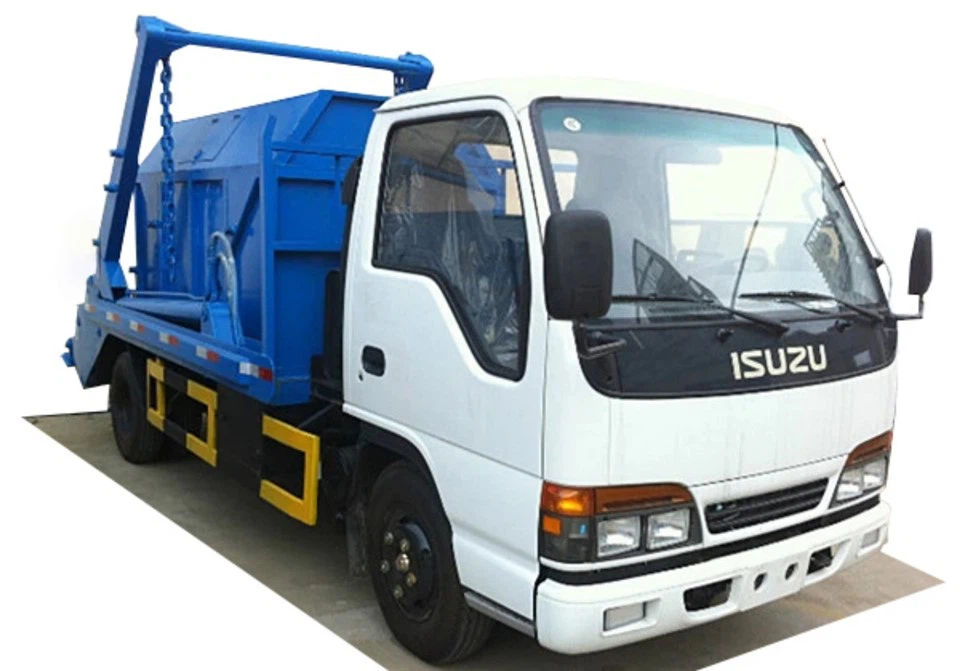Everything You Need to Know About the Super Compactor 4000

Introduction
The Super Compactor 4000 is a revolutionary device designed for efficient waste management and resource maximization. With increasing environmental concerns and the need for sustainable practices, this device stands out as an innovative solution that helps not just in waste reduction but also in recycling efforts. In this article, we’ll explore the features, benefits, practical uses, and frequently asked questions related to the Super Compactor 4000. Whether you are a household looking to minimize waste or a business aiming for efficient resource management, understanding the Super Compactor 4000 can lead to significant progress.
What is the Super Compactor 4000?
The Super Compactor 4000 is an advanced waste compaction system designed to compress various types of waste materials. It effectively reduces the volume of waste, making it easier to transport and manage. The device is ideal for both domestic and industrial applications, offering powerful features that streamline waste handling.
Key Features of the Super Compactor 4000
- High Compression Ratio: The Super Compactor 4000 boasts an impressive compression ratio, significantly lowering waste volume.
- Variety of Materials: It is capable of handling different types of waste, including plastic, cardboard, and organic materials.
- User-Friendly Interface: The device comes with an intuitive interface that allows users to operate it with ease.
- Durability: Made with high-quality materials, the Super Compactor 4000 is built to withstand rigorous use.
- Energy Efficiency: Designed with energy-saving features, it minimizes power consumption without compromising performance.
How Does the Super Compactor 4000 Work?
The operation of the Super Compactor 4000 is straightforward. Waste materials are fed into the machine, where they are compacted using hydraulic pressure. The process results in dense bales that occupy much less space. Here’s a simplified step-by-step breakdown:
- Feed Waste: Place waste materials into the designated opening.
- Compaction Process: The machine uses hydraulic mechanisms to compress the waste.
- Storage and Transport: The compacted waste is then collected for storage or transport.
Benefits of Using the Super Compactor 4000
Utilizing the Super Compactor 4000 presents numerous advantages for both homes and businesses.
1. Space Saving
One of the primary benefits of the Super Compactor 4000 is space savings. By reducing the overall volume of waste, users can optimize storage areas and decrease the frequency of waste collection.
2. Cost Efficiency
Transporting waste can be costly. The compacted bales take up less space in vehicles, allowing for more efficient transportation and lower disposal fees.
3. Environmental Impact
Reducing waste not only helps save space and money but also reduces the carbon footprint associated with transporting and disposing of waste. By promoting recycling, the Super Compactor 4000 contributes to a more sustainable environment.
4. Versatility
This device can handle a wide variety of materials, making it suitable for various industries, including grocery stores, retail, manufacturing, and even residential use.
Practical Applications of the Super Compactor 4000
The Super Compactor 4000 can be used in multiple settings. Here are some practical examples:
1. Residential Use
Households that regularly engage in recycling can benefit from the Super Compactor 4000. It helps minimize the amount of garbage generated, making recycling more efficient.
2. Retail Businesses
Shops and supermarkets deal with a significant amount of packaging waste daily. By using the Super Compactor 4000, they can compress cardboard, plastic, and other materials, enhancing their recycling programs.
3. Manufacturing Facilities
Manufacturers can use this device to manage waste produced during the production process. This not only helps in maintaining a clean workspace but also promotes recycling within the industry.
4. Restaurants and Food Services
Restaurants generate a lot of organic waste. The Super Compactor 4000 can efficiently handle food scraps and packaging materials, promoting sustainable waste management practices.
5. Special Events
For festivals and large events, the Super Compactor 4000 serves as an effective solution to manage the substantial waste generated, ensuring timely and responsible disposal.
How to Choose the Right Super Compactor 4000 for Your Needs
When selecting a Super Compactor 4000, consider the following factors:
1. Size and Capacity
Evaluate your waste production levels to determine the size and capacity you need.
2. Type of Waste
Check if the machine can handle the types of waste you generate. Some models may be more suited for specific materials.
3. Energy Efficiency
Look for models with energy-efficient features to reduce operating costs over time.
4. Maintenance and Support
Select a model backed by good customer support and easy maintenance procedures to ensure long-term reliability.
Maintenance Tips for the Super Compactor 4000
1. Regular Cleaning
Keep the exterior and interior of the compactor clean to prevent buildup of waste materials that can affect performance.
2. Check Hydraulic Systems
Regularly inspect hydraulic hoses and connections for any leaks or signs of wear.
3. Inspect Electrical Components
Ensure that all electrical components are functioning correctly and check cables for fraying or damage.
4. Follow Manufacturer Guidelines
Adhere to the maintenance schedules outlined by the manufacturer for optimal performance.

Cost Analysis: Is the Super Compactor 4000 Worth It?
One of the common concerns regarding the Super Compactor 4000 is the initial investment. Here’s a breakdown of potential costs and savings:
| Cost Category | Estimated Cost |
|---|---|
| Initial Purchase | $2,000 – $5,000 |
| Annual Maintenance | $200 – $600 |
| Transportation Savings | $500 – $1,500 annually |
| Volume Reduction Savings | $300 – $800 annually |
FAQs About the Super Compactor 4000
1. What types of waste can the Super Compactor 4000 handle?
The Super Compactor 4000 can handle various materials, including cardboard, plastics, and organic waste. However, check the manufacturer’s guidelines for specific compatibility.
2. How often should I perform maintenance on the Super Compactor 4000?
Maintenance frequency depends on usage but generally, it’s advisable to perform checks every six months and follow manufacturer recommendations.
3. Is the Super Compactor 4000 energy-efficient?

Yes, the Super Compactor 4000 is designed with energy-saving features to minimize power consumption while maintaining performance.
4. Can I use the Super Compactor 4000 in a residential setting?
Absolutely, the Super Compactor 4000 is suitable for residential use, especially for households that produce significant amounts of recyclables and waste.
5. What is the lifespan of the Super Compactor 4000?

The lifespan can vary based on usage and maintenance but is usually designed to last for several years with proper care.
6. How does the compaction process work?
The compaction process involves placing waste into the machine, where hydraulic pressure compresses the materials, reducing their volume significantly.
